#Irish folklore
Explore tagged Tumblr posts
Text

"Imbolc" By S.R. Harrell, 2025.
#illustration#art#s.r. harrell#artists on tumblr#childrens book#irish#irish folklore#irish mythology#st. brigid#celtic paganism#brigid#imbolc
1K notes
·
View notes
Text
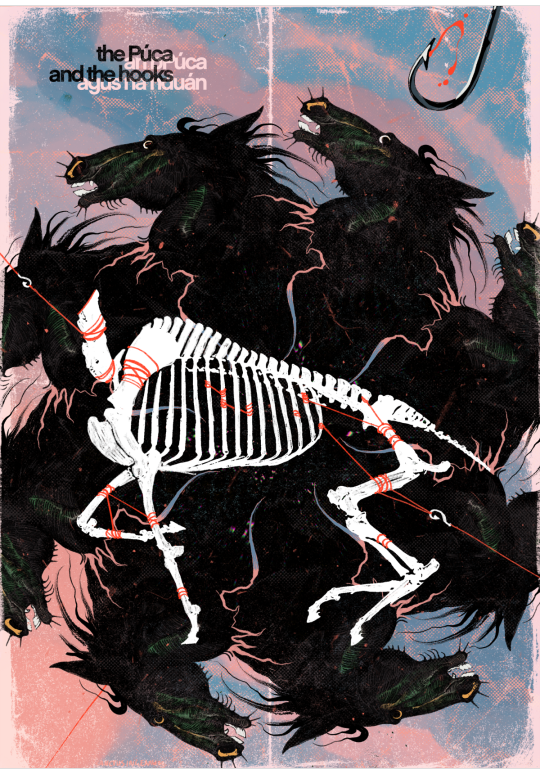
A certain fisherman [...] went to the same place again to fish, and he put a row of hooks on his heels in case he met the Púca again; he attached them like a horseman's spurs. When evening drew near, he made a halter of the fishing-line for the Púca. The Púca met him the second time. He himself caught the Púca, put the fishing-line over his head like a halter, and started to ride him. He drove him wherever he wanted to go, and he kept putting his heels with the hooks like spurs to the Púca's sides, so that the Púca was shedding blood from the pricks of the hooks.
Excerpt from "The Púca: A Multi-Functional Irish Supernatural Entity" by Deasún Breatnach
buy a print of this piece here :>
#irish folklore#u may remember this as the first WIP i ever shared to subscribers in uhh.. like february i think??#púca#pooka#setting: inver#DON'T come for my grammar pleas. i already know.#what do i have to do to convince u ppl that this is not a water horse or a kelpie
9K notes
·
View notes
Text




The UK'S Royal Mail captures the four eras of girlhood in its latest stamp release, Myths and Legends.
Issued March 27, 2025. Art by Adam Simpson.
#postage stamps#UK#Royal Mail#myths and legends#British folklore#Irish folklore#grindylow#selkie#Blodeuwedd#piskies#tag yourself#we're jenny greenteeth today
436 notes
·
View notes
Text
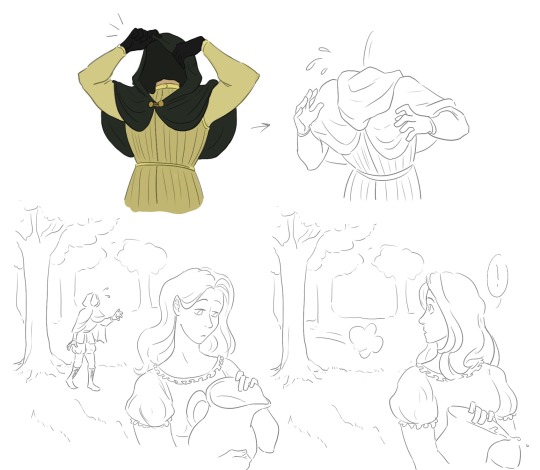
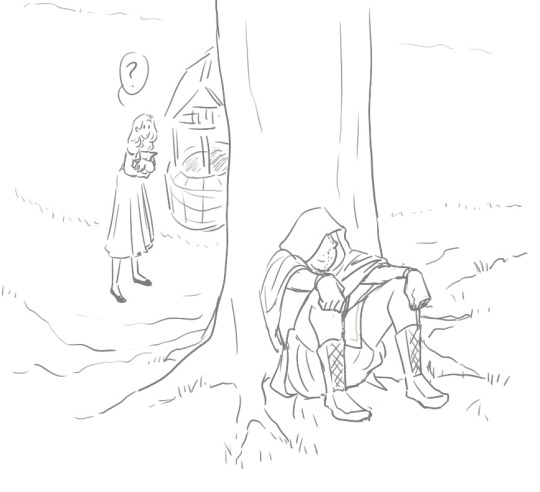
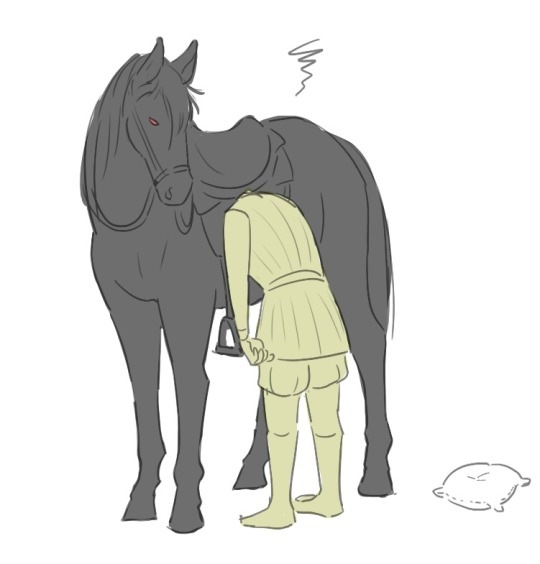
Headless Hopeless Romantic
Local Dullahan caught between carrying out unholy retribution or fostering his love life.
#headless horseman#Dullahan#folklore#Irish folklore#fantasy#OC#OCs#decapitation tw#just in case#Steamed doodles#monster x human#terato
1K notes
·
View notes
Text
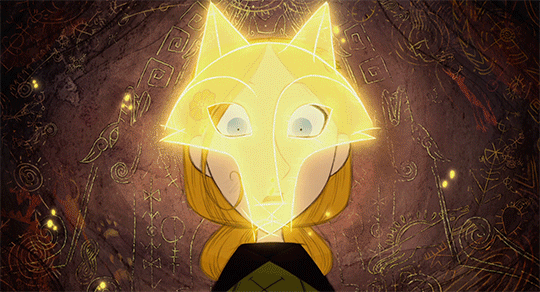
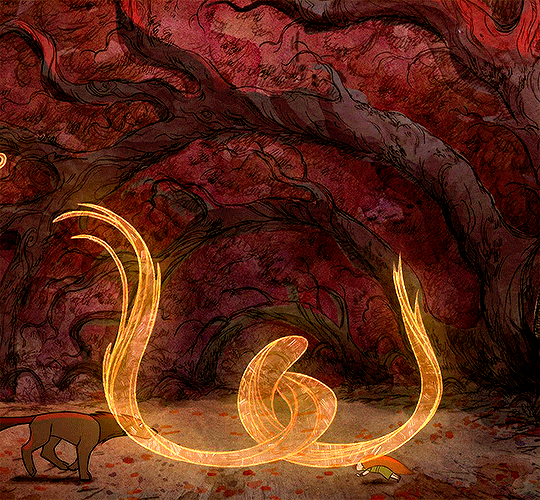
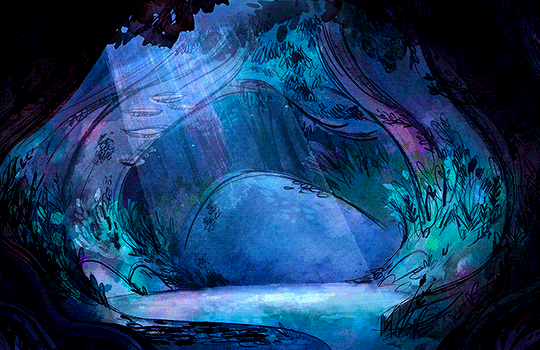
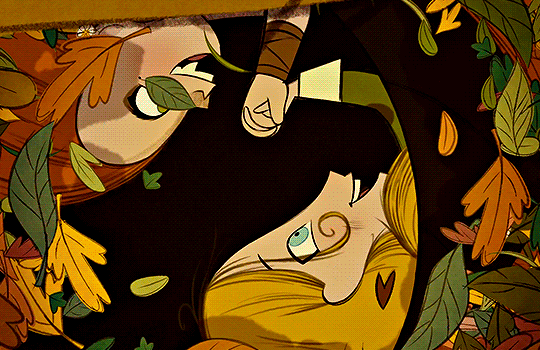
If you love animation please look into cartoon saloon. There an iris animated company who give new life to handdrawn animation and have released some of the most beautiful movies in the past years.
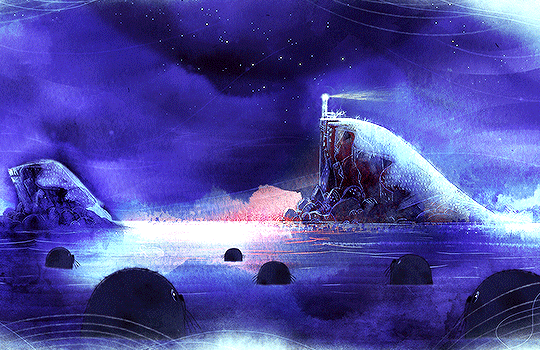

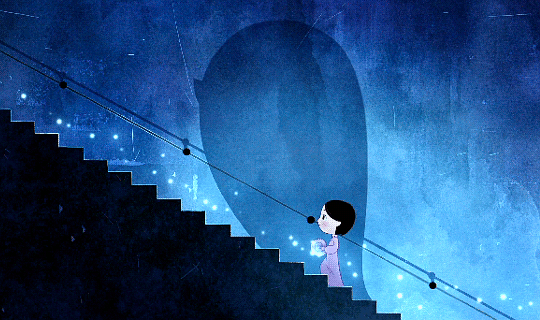
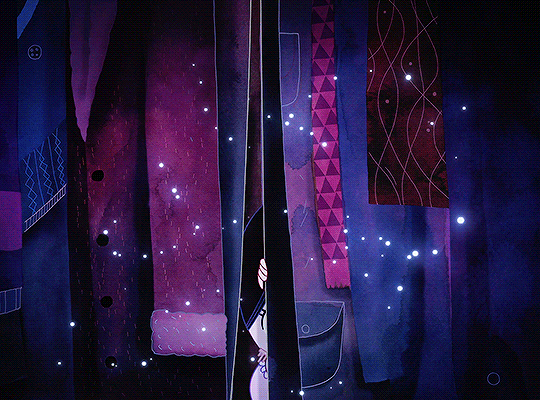
#animation#cartoon saloon#wolfwalkers#song of the sea#animated movies#irish folklore#the breadwinner
1K notes
·
View notes
Text

I rough sketched this piece back in 2020, I just knew I wanted to draw swans, and nasturtium. Then I found the Irish Mythology about Caer Ibormeith (swan princess) and it was the inspiration and motivation to come back to this piece and finish it with new problem solving skills after all these years
351 notes
·
View notes
Text
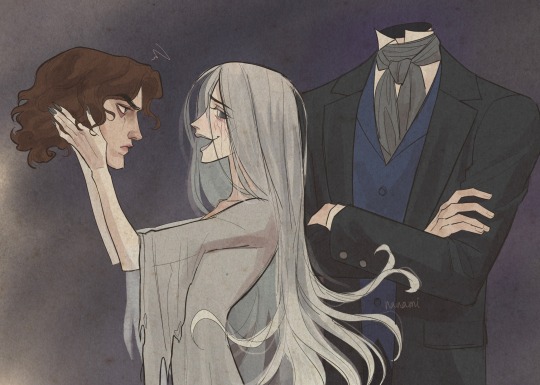
samhain 🧡 a banshee & a dullahan
#oíche samhna#happy halloween#irish folklore#samhain#éire#banshee#dullahan#halloween#irish fae#artists on tumblr#my art#original art#irish#irish mythology#ireland#mythology#celtic#ealaín#celtic mythology#celtic art#irish art#art#drawing#illustration#sketch#gaelic#gaeilge#autumn
1K notes
·
View notes
Text
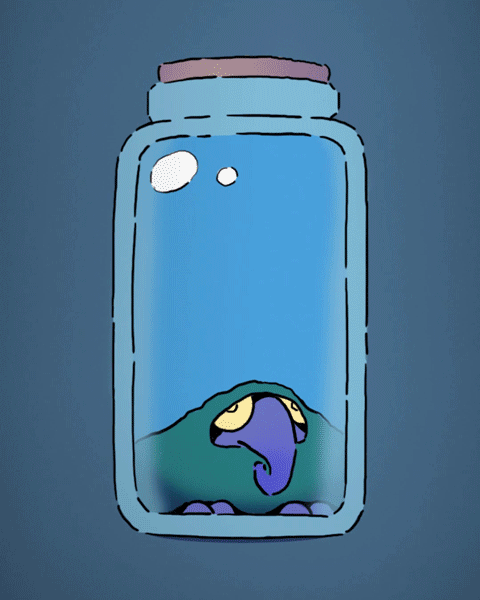
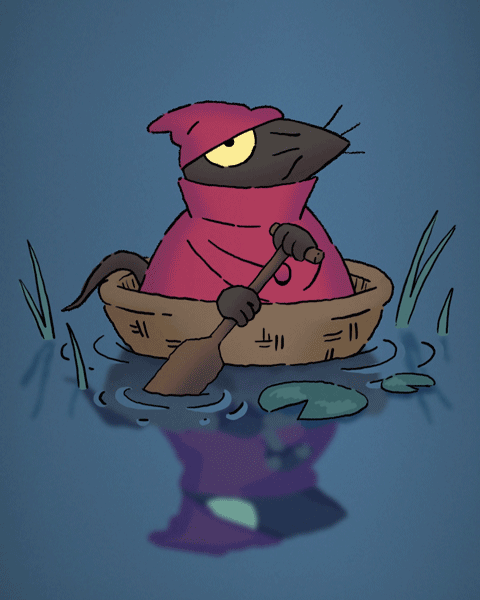
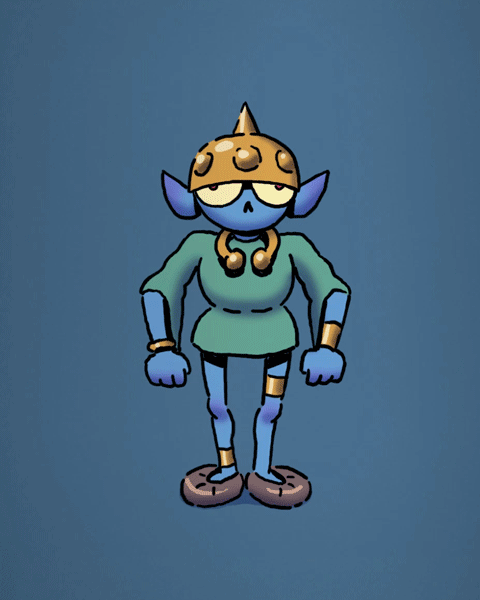
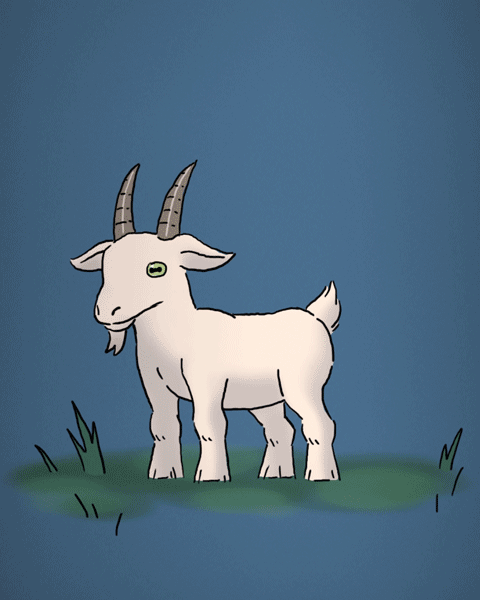
Aos Sí - The mischievous fairies or 'wee folk' of Celtic folklore and mythology.
The Alp-Luachra (Joint Eater), Fear Dearg (Red Man), Leprechaun and Púca.
#art#digital art#artwork#original character#character design#2d animation#animation#animated gif#cartoon#oc#creature design#fantasy creature#faerie#fae folk#fae#fairy#fairies#sidhe#irish#ireland#irish mythology#irish folklore#celtic paganism#celtic#celtic mythology#fantasy#paganism#animism#folk magic#folklore
178 notes
·
View notes
Text



Illustrations from Irish Fairy Tales by Arthur Rackham (1920)
#arthur rackham#art#illustration#golden age of illustration#1920s#1920s fashion#vintage art#vintage illustration#vintage#british art#british artist#books#book illustration#irish folklore#fairy tales#fairy tale#fairytale art#classic art
964 notes
·
View notes
Text
So I was looking up myths and such and found a Cù-sìth, found in both Irish and Scottish folklore. The Cù-sìth is described as a large dog like creature that has shaggy green fur and is as large as a small cow.
And I thought: Thats Cujo!!!!

The Cù-sìth are known for taking dying souls to the afterlife.
#fun#:3#danny phantom#danny fenton#Cujo#dp cujo#scottish folklore#irish folklore#they are also called fairy dogs
1K notes
·
View notes
Text

Aengus Óg!
#aengus og#my art#illustration#irish paganism#irish folklore#paganism#folklore#mythology#oengus og#these are a lot of fun to draw and color#but picking color palettes is a pain in the ass#It's a lot of slightly adjusting sliders towards the end there
400 notes
·
View notes
Text
The King of the Cats
A fun little folklore plot that shows up in Scotland, Ireland and England is the death (and succession) of the King of the Cats.
The story usually begins with a man being told, either by a cat or a disembodied voice, to inform a certain person that another person has died. Both persons are called by their full name, usually strange names, which are unfamiliar to the protagonist. When the protagonist comes home he tells what a strange thing happened to him. Upon overhearing the message the house cat jumps up and declares that they are now the King of the Cats, immediately leaving never to be seen again.
There are other versions of this type of story, more widespread over Europe, where there cat may be a fairy or troll in disguise. Or there isn’t a cat at all, but a house gnome or elf instead, and the announced death is that of a relative or enemy. But it’s the concept of a King of the Cats who can be succeeded by a cat that is currently an ordinary house cat, that delights me so.
The name of the deceased Cat King and the successor differ per story:
In this version from Lancashire they are called Doldrum and Dildrum.
In Joseph Jacobs’ version, which is an amalgamation of several English variants, they are called Tom Toldrum and Tom Tildrum. (This version even includes a whole feline funeral procession.)
The oldest recorded version of this story is from the Beware the Cat by Baldwin (written 1553, published 1561). Only the dead cat in question (Grimalkin) is never called the king of the cats, and the cats receiving the message (Puss) is a female cat, who is sad to leave her home.
In this Scottish version the successor is unnamed, but the dead Cat King is called Old Peter.
The stories sadly do not say a lot about what it means to be the King of the Cats, apart from some mentioning a sceptre and crown, but Lady Wilde does have something to say about him in her Ancient Legends, Mystic Charms, and Superstitions of Ireland (1888):
A most important personage in feline history is the King of the Cats. He may be in your house a common looking fellow enough, with no distinguishing mark of exalted rank about him, so that it is very difficult to verify his genuine claims to royalty. Therefore the best way is to cut off a tiny little bit of his ear. If he is really the royal personage, he will immediately speak out and declare who he is; and perhaps, at the same time, tell you some very disagreeable truths about yourself, not at all pleasant to have discussed by the house cat.
Her second example has a content warning for animal cruelty, so I will put it underneath a cut, but it does imply that the Cat King might be capable of reincarnation…
A man once, in a fit of passion, cut off the head of the domestic pussy, and threw it on the fire. On which the head exclaimed, in a fierce voice, "Go tell your wife that you have cut off the head of the King of the Cats; but wait! I shall come back and be avenged for this insult," and the eyes of the cat glared at him horribly from the fire. And so it happened; for that day year, while the master of the house was playing with a pet kitten, it suddenly flew at his throat and bit him so severely that he died soon after.
#fuel for my sister <3#folklore#cats#cat#king of the cats#cat king#english folklore#irish folklore#scottish folklore
156 notes
·
View notes
Text
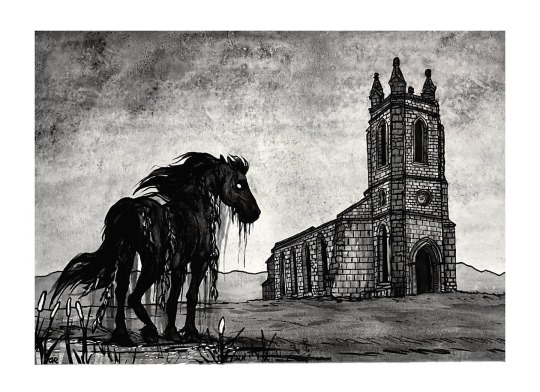
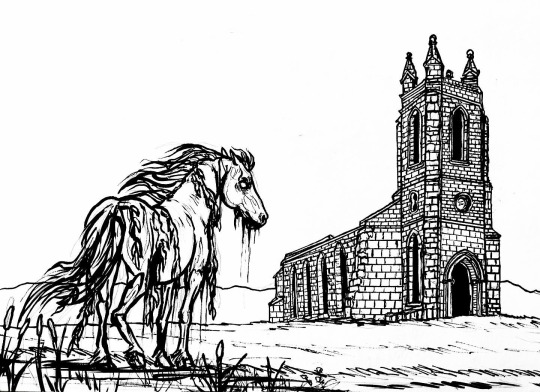
“The Poisoned Glen”
Day 14 - Castle
Old Church of Dunlewey
#illustration#my art#drawing#kelpie#ireland#nature#inktober#horror#watercolor#dark art#irish folklore#mythology#cryptid#surrealism#inktober 2023#gothic art
814 notes
·
View notes
Text
Protecting home and fortune: Irish folk customs for Bealtaine
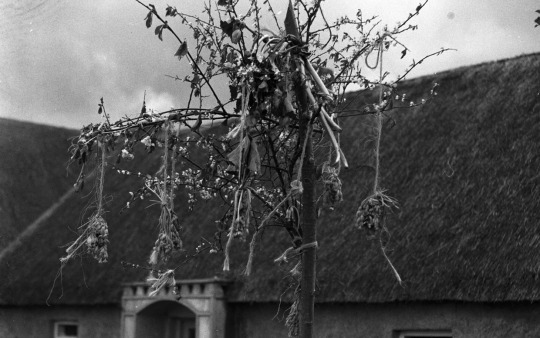
Bealtaine, also known as May Day, marked a pivotal point in the Irish calendar. It signified the arrival of summer, a time of light, warmth, and the promise of a bountiful season ahead. However, Bealtaine also held a sense of unease. This was a time when the boundary between our world and the Otherworld thinned, inviting the potential for both blessings and misfortune from the unpredictable Good Neighbors. To navigate this delicate balance, people turned to time-honored traditions and a heightened awareness of the risks of everyday life.
Appeasing the Good Neighbors
On Bealtaine, it was widely believed that the Good Neighbors became particularly active. To ensure their goodwill and prevent them from causing mischief, people would leave out food and drink as offerings. The belief was that the the Good Neighbors were attracted to these offerings and would be less likely to cause trouble if they were satisfied.
You all know May is the month of the fairies. Great people or men that lived long ago rises from their graves on every night in the month of May to fight the old battles that they fought long ago these men are called fairies. The bad fairies do great harm and trouble in the month of May they kill cattle take away milk and butter from the cows and alot of other mischief. Source
"The fairies come around our houses too to do mischief as well as they come to the cattle; you should sweep the hearth very clean and leave food aside for them. If you don't the fairies will come when you are asleep and will torment you by tricking you or pinching you." Source
Primrose
Primrose was believed to ward off the Good Neighbors, and scattering them in the doorways and window sills of the home created a barrier no troublesome spirit could cross.
"During the first three days [of May] fairies entered the house. They came disguised as old men or women in order to steal coals and in order to prevent them primroses were scattered on the doorway no fairy could pass this flower." Source
"The best preventive of fairy power was to scatter primroses on the threshold, for no one could pass the flowers and and the house and house-hold were left in peace." Source
"Guard the house by a string of primroses across the door on the first three days of May. The fairies can pass neither over nor under the string." Source
Rowan
This tree was seen as potent protection against otherworldly forces. A branch hung above a cow's stable door could ward off those who might steal the milk, ensuring the cow's blessing for the year. Branches decorated with spring flowers were also placed around the house for a bit of extra good luck.
On May Day before sunrise the eldest member of the family gets up, he goes out, pulls a branch of the rowan tree and hangs it over the cow's stable door. This is done to prevent the fairies from taking any of the milk from the cows. Source
Another custom is to get a branch of Rowan tree and decorate it with may flowers and primroses and leave it in the middin standing. Then strew may-flowers into each outhouse door and on the doorstep and in the windowsills. This is to welcome the good fairies so that there will be good luck round the year. Source
If you put a rowan tree up the Chimney nothing can bring the butter out of the house. Source
The May bush: blessing and protection
The May bush was a common custom in Ireland, particularly in Leinster, South and West Ulster, and some areas of Munster and Connaught. The May bush often featured hawthorn branches brought home and decorated with flowers, ribbons, and colorful eggshells saved from Easter.
The May bush was believed to protect the home from evil spirits, particularly fairies and witches. It was also thought to bring good luck and prosperity, especially in relation to milk and butter production.
It is a great custom also to make a May bush on May day. This consists of a bush, which is put standing in the dungpit. The bush is decorated with flowers and eggshells. The eggshells are kept after Easter Sunday. Source
On May morning a Maybush was placed outside each house. It usually was a yellow furze bush with a number of eggshells stuck on the thorns. Source
The people around this place make May-bushes on the first of May. They pull a bush and gather flowers and tie them on to the bush with strings and stick it on the ground and after that they say their prayers around it to honour our Blessed Mother and they make a little Altar and put flowers every day on it during May. The people long ago used to make May-bushes and they also used to make a little Altar. Source
The evening before the first of May the people go out and get a piece of a certain tree which they call May Pole. They put this bush outside the door and they put all the egg shells they had on Easter Sunday on it. They also put a lot of flowers out side too. If the people do not put up the May Pole the fairies will come. They also tie May Pole to the cow's tail and if they do not, the fairies come and take the milk from the cow. Source
Guarding your luck
Bealtaine is a time that came with a heightened fear that any careless act could invite bad luck for the whole year. During Bealtaine, even seemingly simple acts held risk.
Giving away even staples like milk, butter, or coins risked also surrendering your good fortune. Lending a tool or sharing even a hot coal from your hearth could lead to unexpected misfortune.
On May eve no one cares to give away any milk or butter fearing their luck would be taken. Source
Long ago the people used to have a large number of pisreogs on May day...They would not give away anything to anybody on May day, only to a beggar man. When he would come in they would give him great welcome. They would say he was bringing in the good luck. The old people would not allow anybody to bring fire outside the door. Everybody would have matches on May day. The old people would not allow any fire outside the door. Source
On May Eve or May Day nothing is given out of the house. Source
They considered it unlucky to give butter or milk way to any person on May Day as they would be giving away their luck. No stables were to be cleaned out on that day. The first person to go to the well in the morning was supposed to have luck for the rest of the year. It is not right to give money to anyone on that day. But if you get money on that day you will be getting it for the year. Source
The people of the house do not put out the ashes on that day or if a person asked for a coal they would be refused. Source
Another custom of the Irish, they would not lend any article or give either milk or food even to beggars. They would not light a fire on May Day until it was late in the day for fear that the people would see the smoke and would bring the butter. Source
The customs surrounding Bealtaine offer a fascinating glimpse into the rich tapestry of Irish folklore and the enduring human desire to shape our luck through ritual and tradition. Whether leaving offerings to appease unseen spirits, scattering flowers as wards against misfortune, or cautiously guarding their possessions, people sought to influence the unseen forces that shaped their lives. These traditions, born in a different time, speak to a fundamental human desire for control, for a sense of agency in the face of an uncertain world. While the specific fears and beliefs may have shifted, the impulse to use ritual and superstition as a means of navigating life's unpredictability remains surprisingly relatable.
#Bealtaine#beltane#may day#irish folklore#celtic paganism#irish paganism#irish pagan#pagan#paganism#witchcraft#witchblr
251 notes
·
View notes
Text

Grianstad shona daoibh!
In Ireland, the Winter Solstice is often associated with the Newgrange passage tomb in County Meath. Each year, as the sun rises on the Solstice, it aligns perfectly with tomb to illuminate the passage within.
Lots of historical, scientific and even crazy (I’m looking at you Ancient Aliens) theories exist as to why this occurs, but there is also some stories within our mythology associated with the event, including the Dagda’s affair with the Goddess Boann.
The Dagda was thought to be an Irish god of fertility and strength. A wife of one of his aides, Boann, a goddess of the River Boyne, was particularly entranced, and the couple soon began a clandestine affair. Affairs don’t stay secret when a god of fertility is involved, and Boann quickly fell pregnant around springtime.
Boann resided at Newgrange, and when her husband left for a hunting trip, the Dagda cast a spell to make the sun standstill for nine months and pause time. Boann carried her baby to term and eventually gave birth to Aengus, a god of youth and love. Despite it now being Winter, on Elcmar’s return he felt as if only a day had passed and the affair went unnoticed. That is until one day, when an adult Aengus would eventually arrive to duel Elcmar for Newgrange, which he deemed his birthright.
#irish mythology#artists on tumblr#irish folklore#newgrange#winter solstice#aengus#the Dagda#Boann#celtic polytheism#amylouioc art#my art#celtic mythology#fantasy illustration
420 notes
·
View notes
Text
If you love animation and haven't watched Wolfwalkers (2020) yet, you need to fix this!
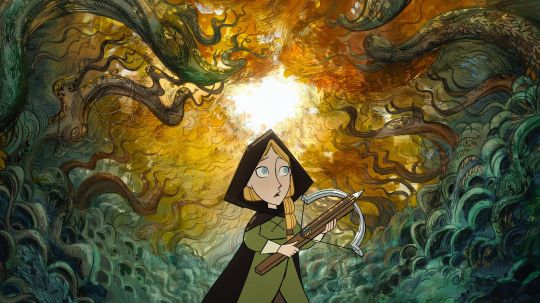



539 notes
·
View notes